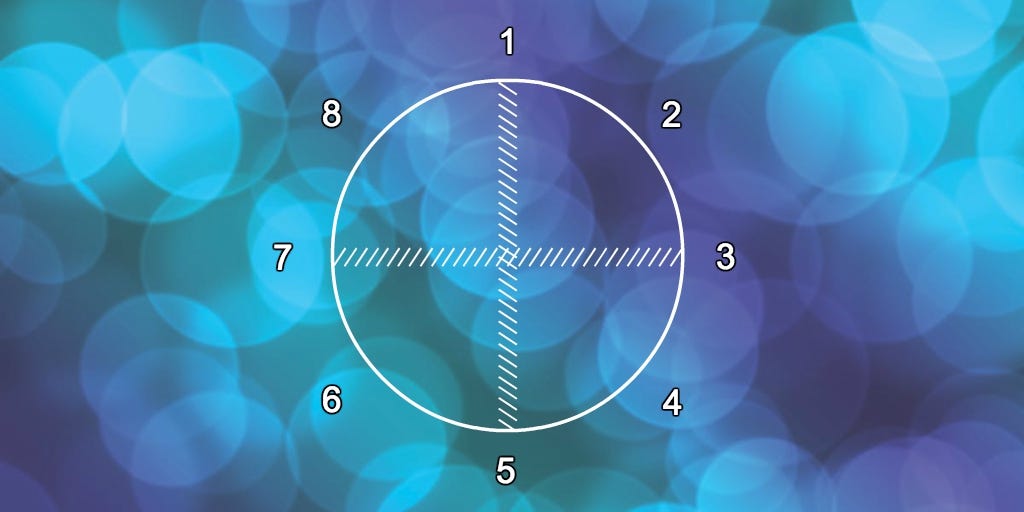Dan Harmon's Circular Structure, Part One
Read this post and emerge from it changed; the circle begins anew.
This post is part of the Outline With Me series. For more like this, check out the outlining your novel page.
So you've taken a look at the seven-point and Hero's journey structures, and neither quite jibes with your vision for your plot. Or perhaps you're starting with this post because you recognize the name Dan Harmon (Community, Rick and Morty, etc.) and also really like circles. No matter what led you here, the important thing is that the circular structure I'm about to describe forms the backbone of almost any plot on both the macro- and micro-level.
That is to say that whether you go with a seven-point structure, Hero's journey model, or something else entirely, this circular structure is present in any of them. If those models are the puppets, circular structure is the puppeteer... or something.
On some level, essentially, circular structure is the most stripped down way I've seen employed to examine plot in general. If circular structure is the most stripped down way to examine plot in general, you might say, then why doesn't everybody use it? Why isn't it just "the one?"
Not everyone thinks about, visualizes, or approaches a story in the same way. Think of each plot-structure model as using Google Maps, Apple Maps, or the Waze app. Each one leads to the same destinations, but the interfaces are unique, and there may be a few unique turns along the way that vary from the route provided by the other apps. In the end, you'll still (arguably?) get where you need to go, but it's all in how you put the apps to work for you and which interface you prefer. Mostly.
At any rate—what's this circular structure all about then? Let's start with, well, a circle.
You'll notice that two lines run through the circle, slicing it into quarters (the slicing of the circle won't come into play explicitly in this post, but we'll explore it more in part two). I've also numbered the edges and midpoint on the arc of each slice in a clockwise manner, starting with 1 at the 12 o'clock position.
Why?
Because every story can follow this pattern to get where it needs to go.
Our main character is in her comfort zone,
but there's something she wants.
She enters an unfamiliar world or situation,
adapts to it,
and gets what she wanted.
But! She pays heavily for achieving this
before returning to a familiar world or situation
as a changed person.
That's it. That's literally it. Around and around our characters go, be it over the course of our entire manuscript or a single paragraph.
Don't believe that all eight steps can be achieved over the course of a single paragraph? Watch, now, as I prove it mathematically.
Keep reading with a 7-day free trial
Subscribe to R: On Everything to keep reading this post and get 7 days of free access to the full post archives.




